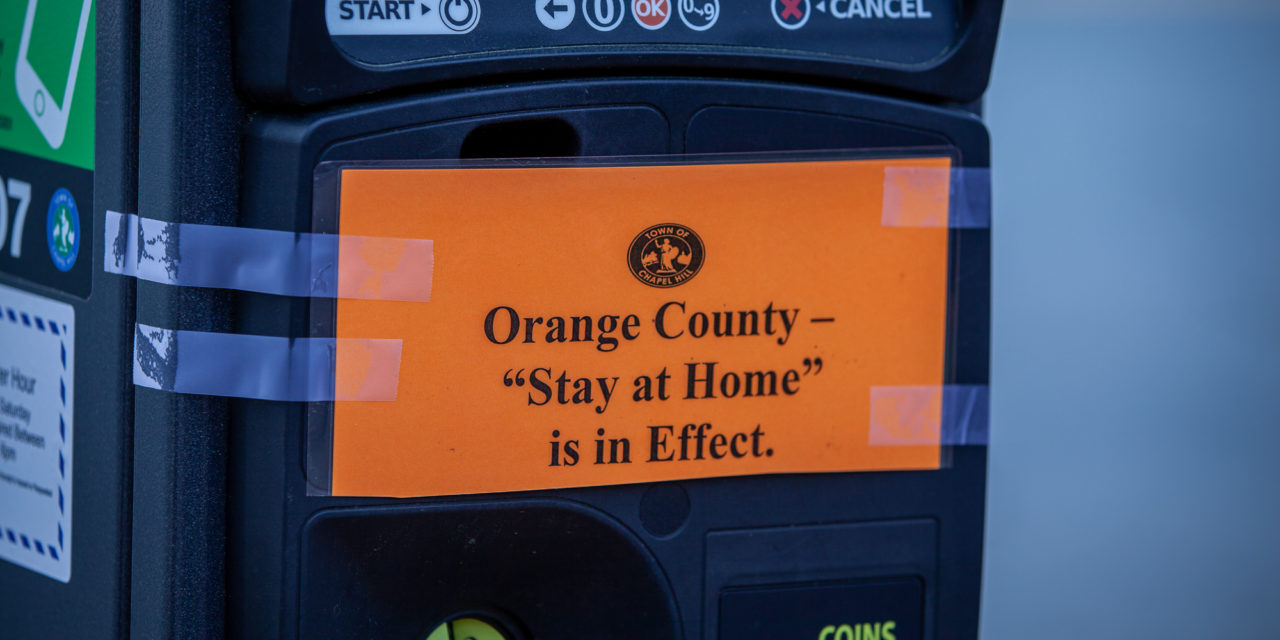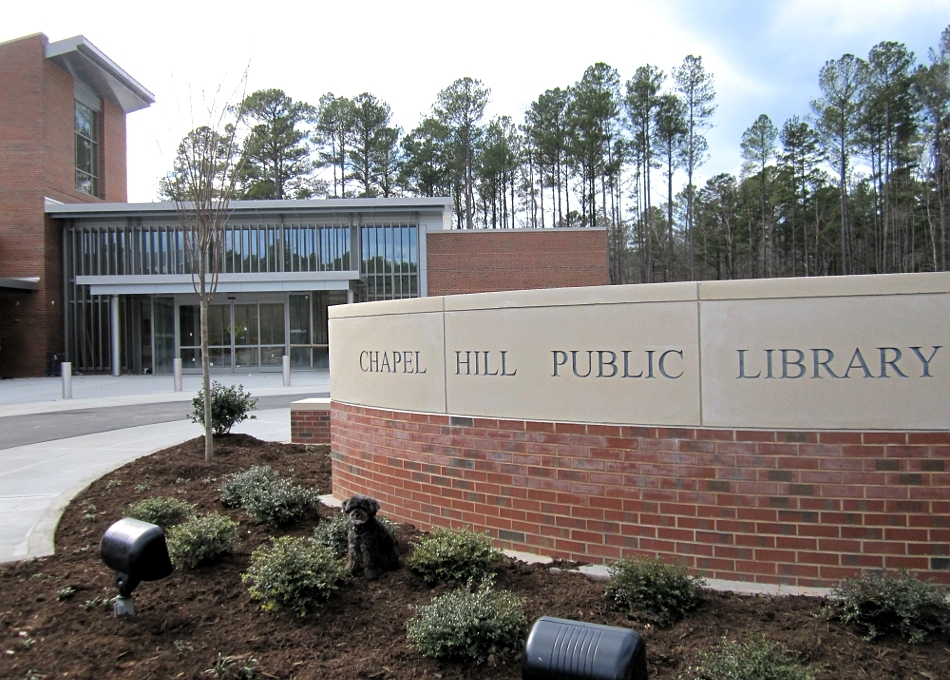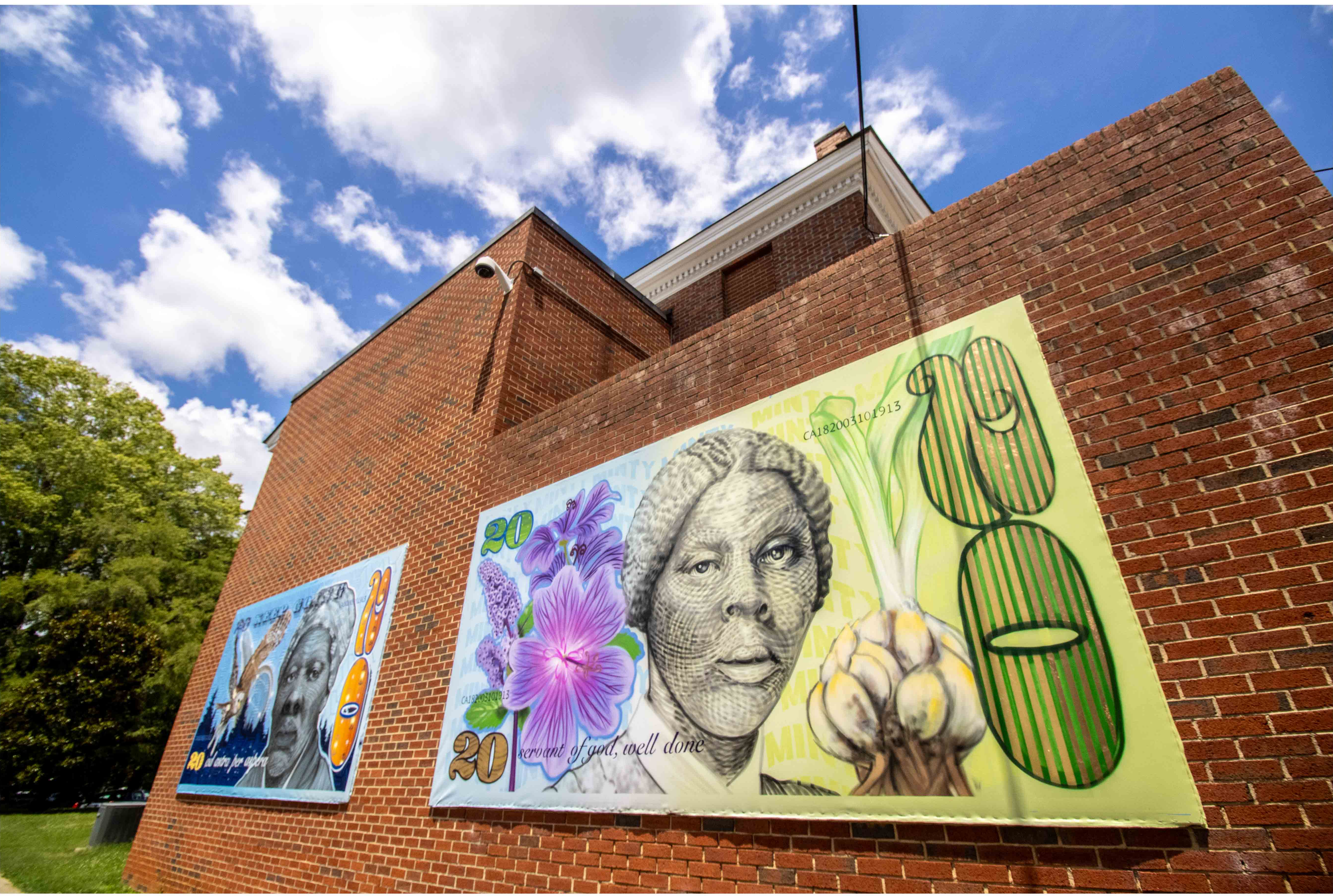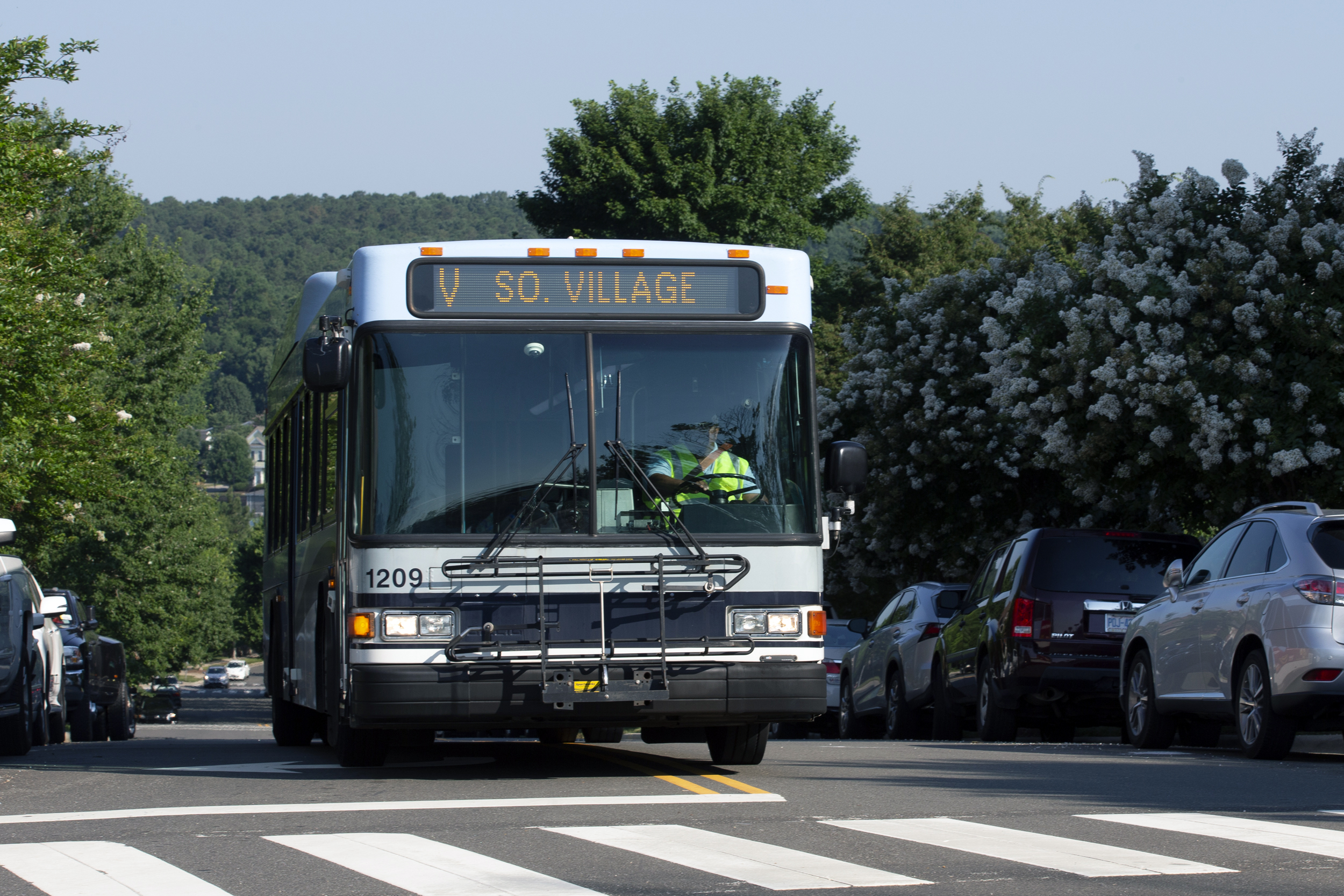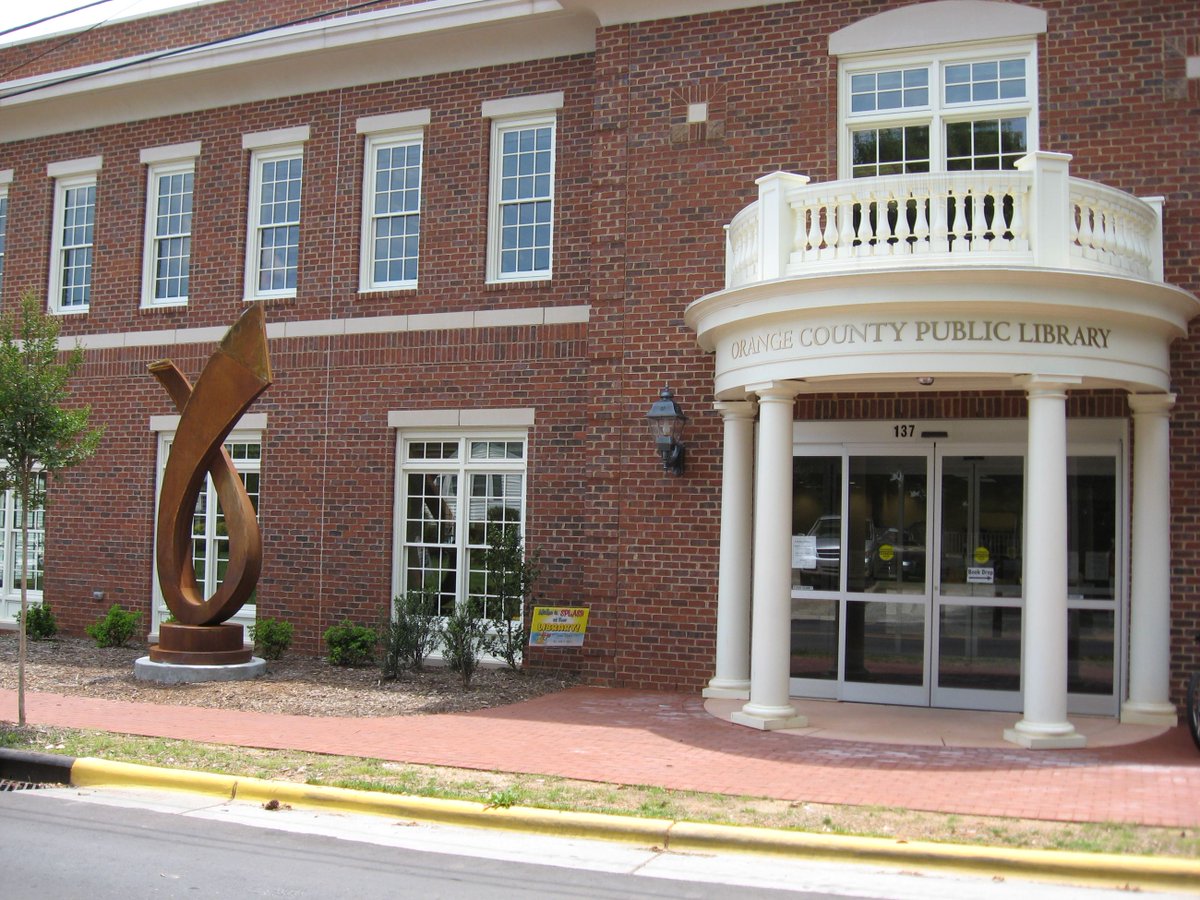To reflect on the year, Chapelboro.com is re-publishing some of the top stories that impacted and defined our community’s experience in 2020. These stories and topics affected Chapel Hill, Carrboro and the rest of our region.
As the COVID-19 pandemic spread across North Carolina, local elected officials worked to ensure the health and safety of Orange County residents. The initial stay-at-home order was issued nine months ago and life in Chapel Hill, Carrboro and surrounding towns has yet to return to normal.
The first case of coronavirus in North Carolina was found in a Wake County resident in March. State and local officials reacted swiftly as they rushed to prepare hospitals and healthcare workers for the ensuing pandemic.
By the end of the month, more extreme measures were implemented to prevent the spread of the virus. Orange County issued its stay-at-home order on March 25 — two days before a similar statewide order was issued by Governor Roy Cooper. The order prohibited any gathering of more than ten people indoors and required residents to remain six feet away from others when outdoors. It also marked the start of the “quarantine,” which saw millions of people nationally begin to work remotely.
Within Orange County, the order was promoted by the town governments of Chapel Hill, Carrboro and Hillsborough.
“Protecting all members of our community is our top priority,” Chapel Hill Mayor Pam Hemminger said at the time. “By staying home, each one of us is preventing the spread of the virus so others don’t become infected or seriously ill.”
In June, Orange County took the additional step of requiring residents to wear face coverings when outside of their homes — an order that neighboring Durham County had implemented since April. Hillsborough Mayor Jenn Weaver said the order was enacted in part to ensure the safety of residents when they came into close proximity with each other.
“It’s more of an education tool and sending a strong message that people should be wearing these inside and are unable to keep that physical distance between other people,” Weaver said.
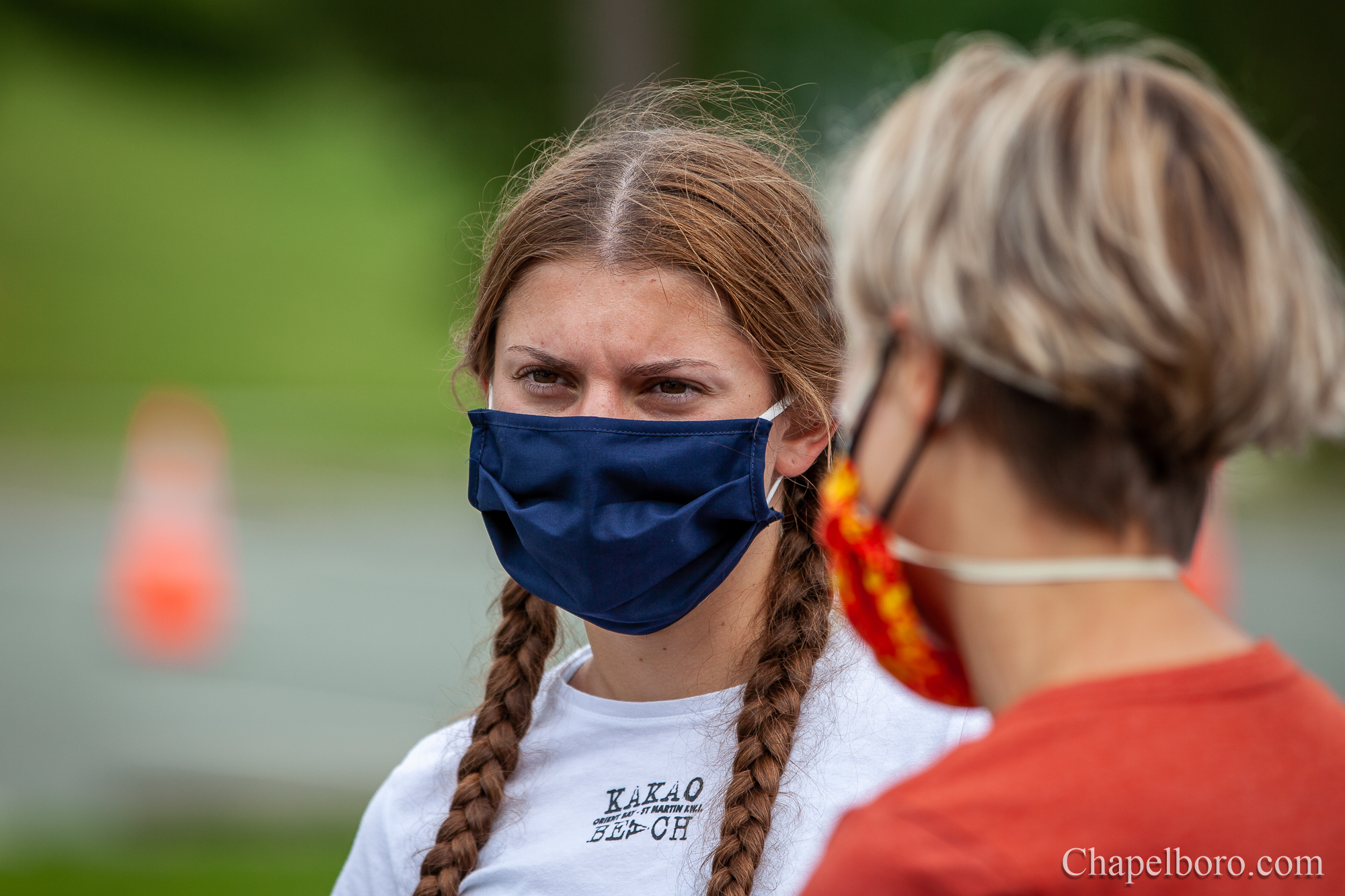
Face masks became standard in Chapel Hill and Orange County when local government enacted measures requiring residents to wear them outside of the house. (Dakota Moyer/Chapelboro.com)
Orange County followed North Carolina’s statewide lead when gradually rolling back elements of its stay-at-home orders. In May, the county mirrored Phase 1 of the state’s reopening — which allowed for residents to leave home for commercial activities. Phase 2 was similarly implemented in May and allowed for restaurants to accept a limited number of indoor customers again.
The county also veered from the path set forward by Governor Cooper at times. In July, Orange County mandated that restaurants close dine-in seating at 10 p.m. in order to limit large gatherings late at night. Orange County Commissioner Penny Rich said they received specific complaints of restaurants within the county.
“We’ve had a couple of complaints of the past two weekends that we’ve gone and checked out, and the complaints were valid,” Rich said.
Orange County also provided stimulus grants and emergency funds to help aid local businesses during the pandemic. Thousands of dollars were distributed to businesses and restaurants which suffered major sales loses due to the shut-down.
As the start of UNC’s fall semester approached, some Orange County advocated for the university to begin its classes online due to the spread of COVID-19. Orange County Health Director Quintana Stewart said in a July 29 letter to campus leadership that she “received a massive amount of emails from community members, UNC staff, faculty and students sharing their concern for fully reopening campus for the Fall Semester” amid the coronavirus pandemic.

Students were only on campus at UNC for a week before an outbreak of COVID-19 forced the university to move classes online for the remainder of the semester. (Dakota Moyer/Chapelboro.com)
Stewart said at the time that if thousands of UNC students began moving back to campus, Chapel Hill and Orange County could “quickly become” a new hot spot for cases as students begin to interact in a manner normal for college students in a congregate setting. Her prediction proved to be correct, as UNC reported more than 130 COVID-19 cases and dozens of clusters within its first week of in-person classes in August. The university pivoted back to an online learning model shortly afterward.
In the fall, Orange County also deviated from Governor Cooper’s guidelines on increased gathering limits under Phase 2.5 of reopening. Local officials opted to not match the limits of then-25 people indoors and 50 people outdoors that began in North Carolina.
“We don’t feel like we’re ready at this time because of our high percentage of positive [coronavirus] cases and the clusters we’re having to move forward,” said Hemminger at the time.
In September, Orange County updated its stay-at-home order to mirror the state’s move to Phase 3 of reopening. The executive order from Cooper allowed bars and outdoor venues to open at limited capacity.
“We would prefer that bars and venues did not open so we could open up our schools,” said Rich at the time. “That’s really our priority, is to get kids back into schools. But, to stay on level with the governor and not to confuse anyone, we are going to go with his order.”
Orange County’s commitment to ensuring the health and safety of its residents spurred dozens of testing events to be set up throughout the county. In the fall, Orange County implemented free, daily testing for all residents through the county’s health department. Several regular testing sites can be visited by county residents, who can drive up to receive nasal swab tests. A full list of COVID-19 testing sites through the Orange County Health Department can be found here.
Although thousands of Orange County residents have been infected and dozens did succumb to the virus, Orange County’s spread of COVID-19 has been relatively limited. As of December 22, the North Carolina Health Department of Health & Human Services lists Orange County as one of only eight counties within the state with the spread of COVID-19 as “significant,” or the lowest tier available. The majority of North Carolina exists qualifies as experiencing “critical” spread at the moment.
Chapelboro.com does not charge subscription fees. You can support local journalism and our mission to serve the community. Contribute today – every single dollar matters.

